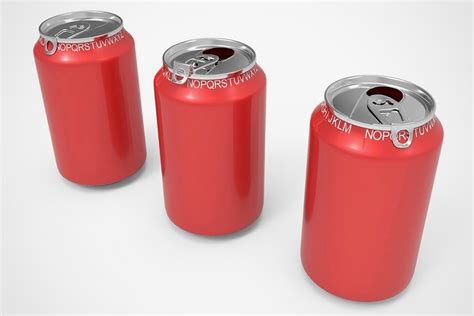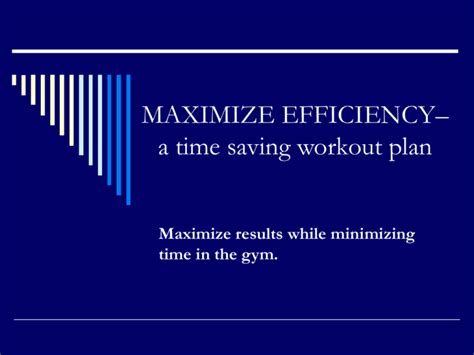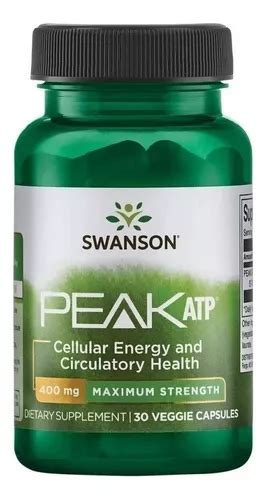Optimize workout intensity for peak strength, hypertrophy, and rapid recovery?

The Science of Effort: Why Intensity Matters
Workout intensity is more than just how heavy you lift; it’s the critical driver for all physiological adaptations—be it increased strength, enhanced muscle growth, or quicker recovery. Understanding and strategically manipulating intensity allows you to unlock your full potential, prevent plateaus, and safeguard against overtraining. This guide delves into the nuances of optimizing workout intensity to achieve peak performance across all your fitness goals.
Defining Intensity: RPE and RIR
Traditional intensity metrics often rely solely on percentages of your one-rep max (1RM), which can be inconsistent due to daily fluctuations in strength and fatigue. A more dynamic and effective approach involves using Rate of Perceived Exertion (RPE) and Reps In Reserve (RIR).
- RPE (Rate of Perceived Exertion): A subjective scale, typically from 1-10, where 1 is minimal effort and 10 is maximal effort (absolute failure).
- RIR (Reps In Reserve): Objectively measures how many more repetitions you could have performed before reaching muscular failure. An RPE of 10 correlates to 0 RIR, RPE 9 to 1 RIR, and so on.
These tools allow you to auto-regulate your training, ensuring that you’re always working at the appropriate intensity for the day, regardless of external factors.
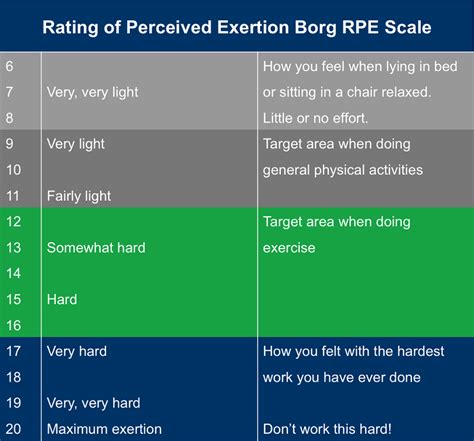
Tailoring Intensity for Peak Strength
To maximize strength, your training must challenge the neuromuscular system with heavy loads. This typically involves:
- Rep Range: Low repetitions (1-5 reps per set).
- Intensity (RPE/RIR): High RPE (8-10) or low RIR (0-2). This means lifting near your maximum capacity for those few reps, often pushing close to failure on key sets.
- Volume: Generally lower volume per session compared to hypertrophy training, but with adequate sets to accumulate high-quality work.
The goal is to improve neural efficiency and force production, teaching your body to recruit more muscle fibers simultaneously.
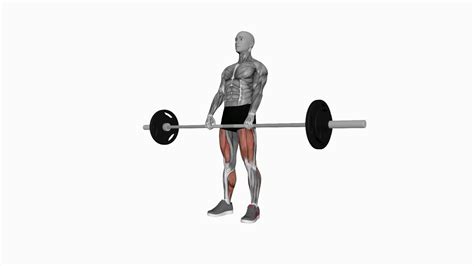
Optimizing Intensity for Hypertrophy (Muscle Growth)
Building muscle requires sufficient mechanical tension, metabolic stress, and muscle damage. The intensity for hypertrophy is often misunderstood, with many believing only high-rep, light-weight training builds muscle. In reality, a broader intensity spectrum is effective:
- Rep Range: Moderate to high repetitions (6-15+ reps per set).
- Intensity (RPE/RIR): Moderate to high RPE (7-9) or low to moderate RIR (1-3). This ensures sufficient fatigue and muscle fiber recruitment without always pushing to absolute failure, which can be overly fatiguing for higher volumes.
- Volume: Higher overall volume (sets x reps) is often a key driver for hypertrophy, distributed across various rep ranges.
Focus on achieving a strong mind-muscle connection and controlled movements to maximize time under tension.
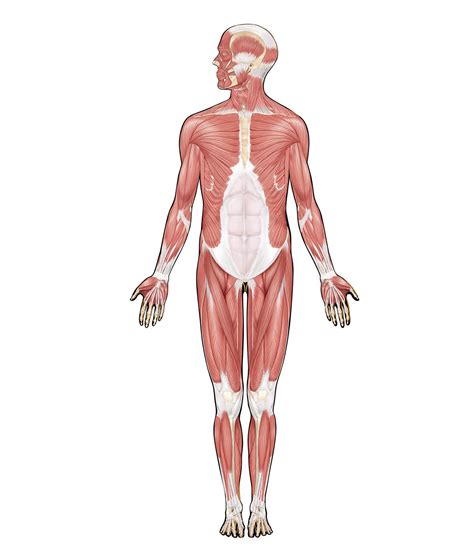
Intensity for Rapid Recovery and Injury Prevention
Intensity isn’t just about pushing hard; it’s also about knowing when to back off. Strategic modulation of intensity is vital for recovery and long-term progress:
- Planned Deloads: Periodically reducing training intensity (e.g., RPE 6-7, RIR 3-4+) and/or volume for a week allows your body to recover, adapt, and supercompensate. This prevents accumulated fatigue and reduces injury risk.
- Varying Daily Intensity: Not every workout needs to be RPE 9-10. Incorporating days with lower RPE (e.g., RPE 7) for certain exercises or entire sessions can aid active recovery and improve work capacity.
- Listening to Your Body: Pay attention to persistent soreness, joint pain, or significant drops in performance. These are clear signals that you might need to reduce intensity or take a rest day.

The Grand Strategy: Periodization and Progressive Overload
Optimizing intensity is best achieved within a structured framework:
- Progressive Overload: Regardless of your goal, consistently challenging your body to do more over time (more weight, reps, sets, or better form at the same RPE) is non-negotiable for continued progress.
- Periodization: Systematically varying training variables (intensity, volume, exercise selection) over time. This could involve block periodization (e.g., a strength block followed by a hypertrophy block) or undulating periodization (varying intensity and volume within a week).
By integrating RPE/RIR into a periodized plan, you can intelligently cycle through different intensity demands, pushing hard when needed and recovering strategically to sustain long-term gains.

Conclusion
Mastering workout intensity is a sophisticated skill that differentiates consistent progress from plateaus and burnout. By embracing RPE and RIR, intelligently tailoring your effort for specific goals like strength and hypertrophy, and strategically managing your recovery through deloads and varied intensity, you gain unparalleled control over your training. Implement these principles, listen to your body, and watch your strength, muscle gains, and recovery capacity reach new heights.




